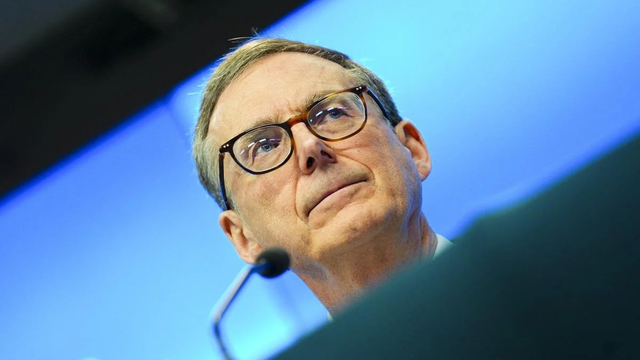
Cranes remain unused at the Port of New York and New Jersey in Bayonne, N.J., on Monday, May 12, 2025. (AP Photo/Matt Rourke)
The United Nations has issued a sobering update: the world economy is expected to grow more slowly this year and next. The cause? Mounting trade tensions and the fallout from a sharp increase in U.S. tariffs.
In its latest midyear report, the U.N. predicts global economic growth to shrink to 2.4% in 2025, dipping slightly from the earlier forecast of 2.8%. Next year won’t be much better, with growth expected at 2.5%. That’s a noticeable fall from last year’s 2.9% growth.
Shantanu Mukherjee, who heads the Economic Analysis and Policy Division at the U.N., summed it up simply: “It’s a nervous time for the global economy.” Speaking to reporters, he explained how hopes for a steady if modest recovery at the beginning of the year have faded due to rising uncertainty and market volatility.
Mukherjee stressed that no country is completely spared, but poorer nations are taking a particularly hard hit. In January, the U.N. projected the least developed countries to grow by 4.6%. That figure has since been downgraded to 4.1%, costing billions in lost economic output. These nations are already home to more than half of the world’s population living in extreme poverty.
The report outlines how both advanced and developing economies are being dragged down. In the U.S., growth is expected to drop to 1.6% from last year’s 2.8%. Businesses are holding back on investment, and consumers are spending less, as ongoing tariff hikes and uncertain policies continue to shake confidence.
China’s economy is also losing steam. The world’s second-largest economy is projected to slow to 4.6%, down from 5% last year. The report highlights sluggish consumer spending, struggles in the property sector, and disruptions in the manufacturing sector as key factors behind the drop.
Europe is facing its own set of troubles. The European Union’s economy is forecast to flatline at just 1% — unchanged from last year. The U.K., meanwhile, is expected to slide from 1.1% to 0.9%.
Even major developing economies aren’t spared. Brazil, Mexico, and South Africa are all seeing growth undermined by weak trade, shaky investments, and declining prices for key commodities.
India stands out as a bright spot, still among the fastest-growing large economies. However, its growth is also expected to slow from 7.1% in 2024 to 6.3% this year.
Compared to forecasts by the International Monetary Fund, the U.N. report takes a more cautious tone. Despite that, there is a glimmer of hope. Mukherjee said that recent talks between countries might lead to lower tariffs — although they likely won’t reach the pre-Trump levels.
“Clearing up the uncertainty would go a long way in helping people and businesses make better decisions,” he added. That clarity, in turn, could bring some much-needed energy back into the global economy.















